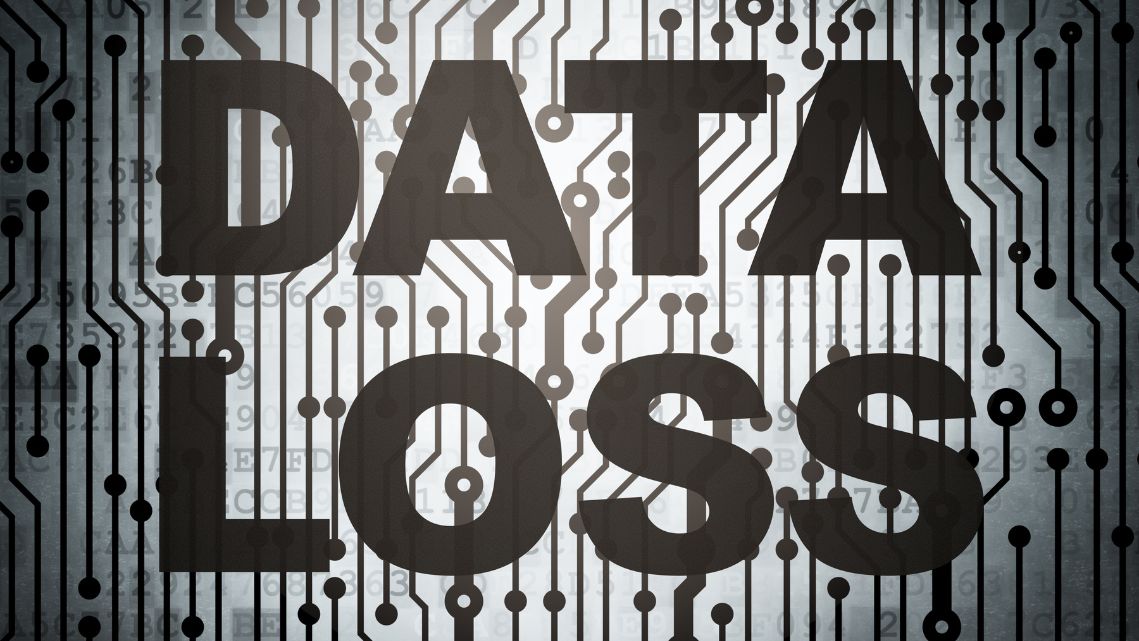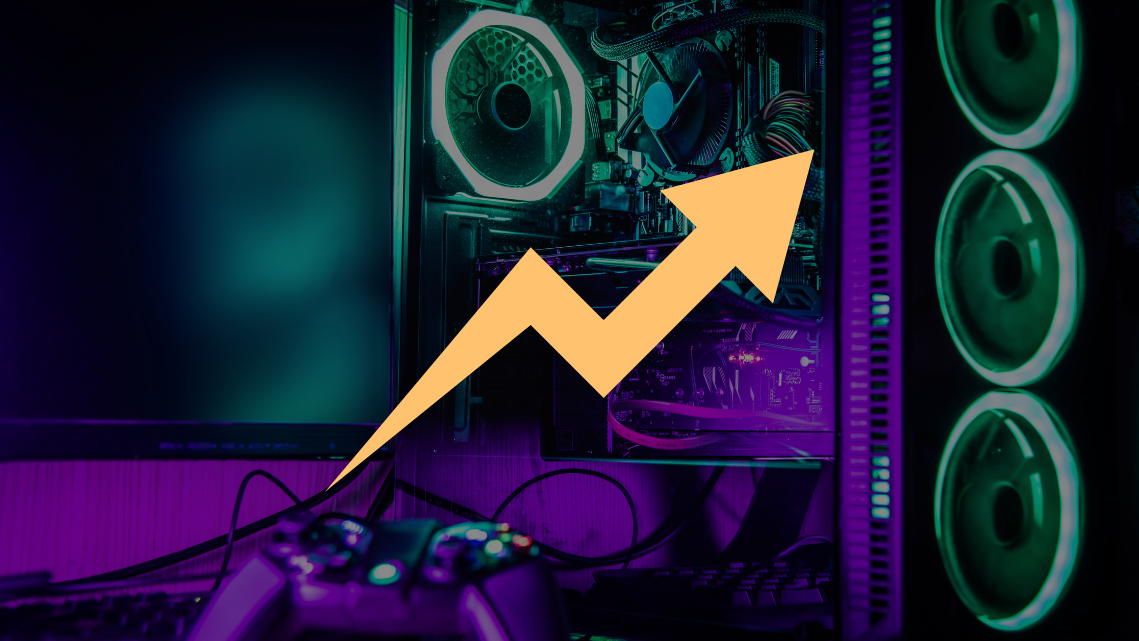1. Use Secure Networks
Your POS system should always operate on a private and secure network. Public or unsecured Wi-Fi networks expose your system to potential breaches.
- Best Practice: Use a dedicated network for your POS system, separate from public or employee Wi-Fi.
- Pro Tip: Implement a strong, unique password for your network and change it regularly.
2. Regularly Update Your POS Software
Software updates often include fixes for known vulnerabilities. Outdated software leaves your system exposed to hackers.
- Why It Matters: Cybercriminals exploit weaknesses in older software versions.
- Action Step: Enable automatic updates or schedule regular checks to ensure your system runs the latest version.
3. Encrypt All Transactions
Encryption is a vital layer of protection that converts sensitive data into unreadable code during transmission.
- How It Helps: Ensures that even if intercepted, customer payment details remain inaccessible to attackers.
- Pro Tip: Choose a POS provider that offers end-to-end encryption for maximum security.
4. Implement Multi-Factor Authentication (MFA)
Adding extra layers of security to access your POS system reduces the risk of unauthorized entry.
- How It Works: MFA requires users to verify their identity using multiple methods, such as passwords and one-time codes.
- Pro Tip: Use MFA for both system access and administrative settings.
5. Restrict Access to Authorized Personnel
Not everyone in your business needs access to the POS system. Limiting access reduces the risk of internal breaches.
- Best Practice: Assign user roles with specific permissions based on job responsibilities.
- Pro Tip: Regularly review access logs to monitor any suspicious activity.
6. Monitor for Suspicious Activities
Continuous monitoring of your POS system can help detect and address threats promptly.
- How It Works: Use tools to track unusual transaction patterns, login attempts, or data access requests.
- Pro Tip: Set up alerts for activities that deviate from normal behavior.
7. Train Employees on Security Protocols
Human error is a significant cause of security breaches. Educating your staff on best practices can minimize risks.
- Key Topics: Identifying phishing attempts, using strong passwords, and recognizing suspicious activities.
- Pro Tip: Conduct regular training sessions and refreshers to keep employees up to date.
8. Partner with a Reliable POS Provider
Your POS system provider plays a significant role in maintaining security. Choose a provider with a strong track record and robust security measures.
- What to Look For: Compliance with PCI DSS (Payment Card Industry Data Security Standards) and ongoing customer support.
- Pro Tip: Periodically review your provider’s security features to ensure they meet your evolving needs.






